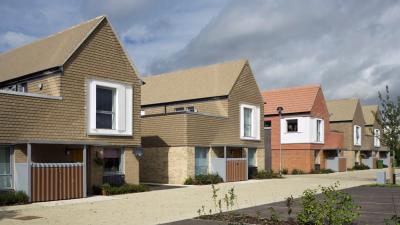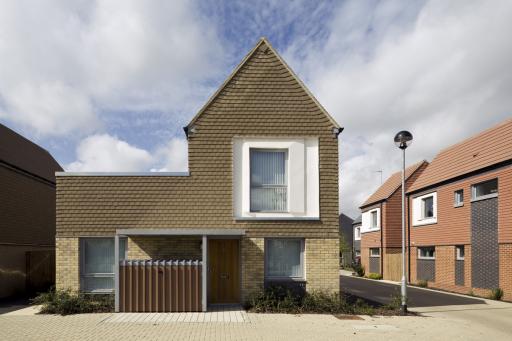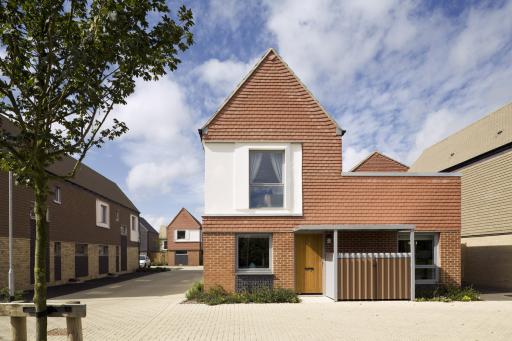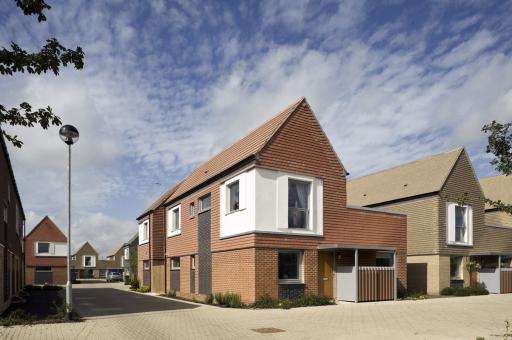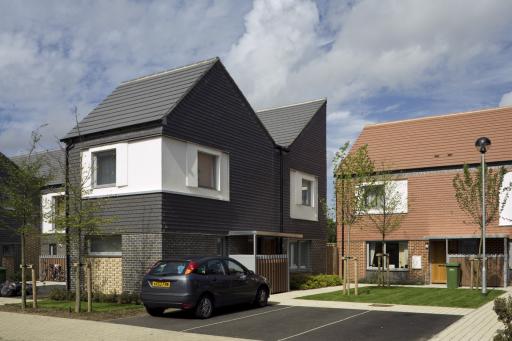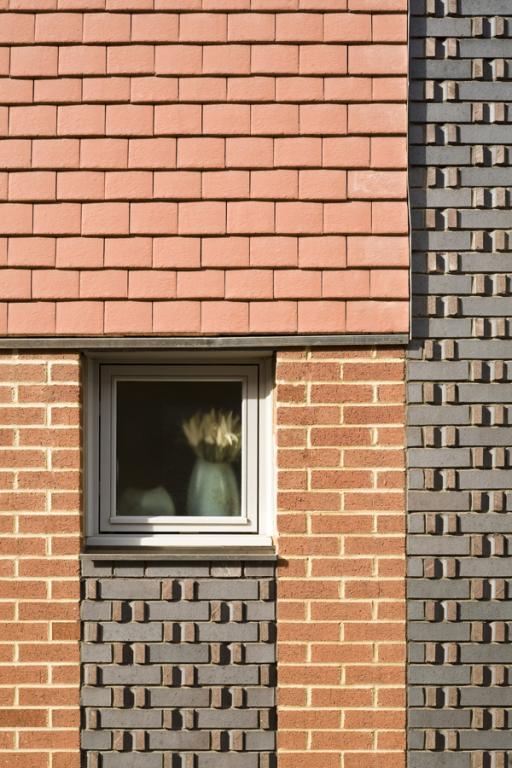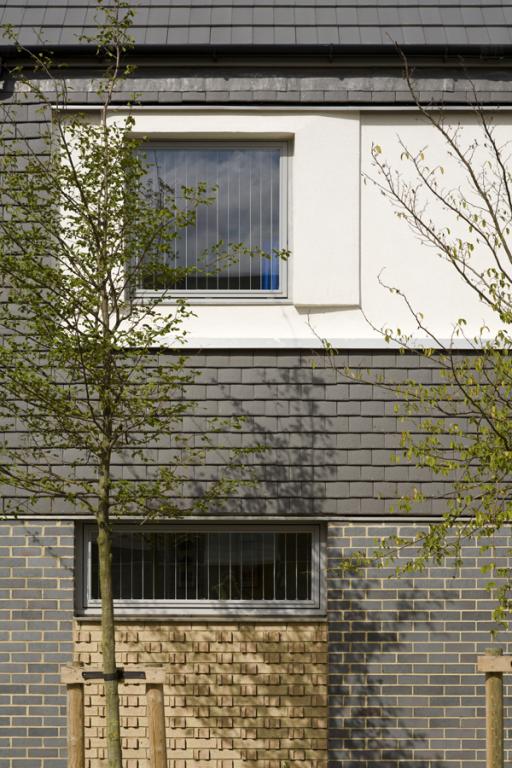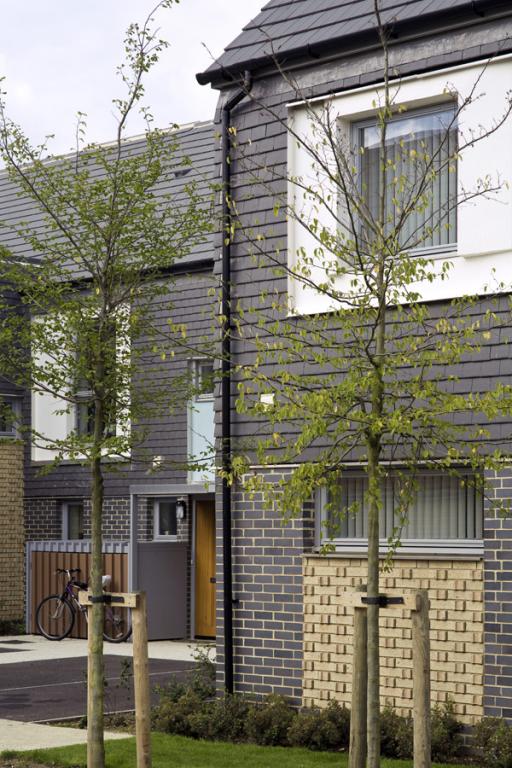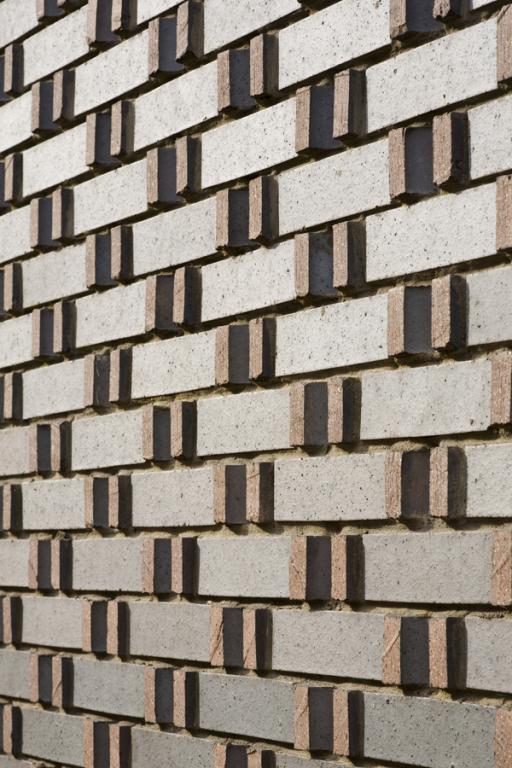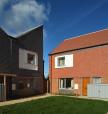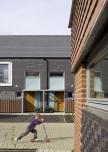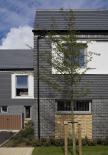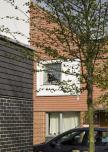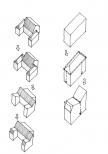SmartLIFE - an international partnership dedicated to the delivery and promotion of sustainable growth – selected Proctor and Matthews for one of their pilot projects in two Fenland towns, Chatteris and March. The scheme features a range of innovative housing typologies suitable for low rise higher density development.
The completed project will help to tackle the current demand for housing in the Fenland area, with more than 38 per cent of the 106 properties designated for rent or shared-ownership, the rest for private sale. In March this comprises a total of 35 houses; 15 using an Insulated Concrete Formwork system and 20 built using traditional methods.
The design seeks to establish a street layout, house configuration and material treatment that is relevant and indeed, borne out of, the Fenland context and has been designed around a series of shared-surface mews spaces that are reminiscent of Fenland ‘yards’. Houses cluster around small ‘greens’ to generate a sense of community and ownership of the public realm. The shared surface incorporates sustainable urban drainage measures to ensure that surface water is retained on site and allowed to naturally drain away.
The form of the houses has been designed following research of traditional Fenland cottages. Historically, Fenland towns were composed of long, low cottages with dormer windows to the first floor – this reference emerges within the design as a tiled upper floor that seeks to reduce the scale of the houses within the mews spaces. The local tradition of painting window frames and casements different colours to highlight the window opening is also deployed as a further reference.
The house types were designed so they could be delivered through both modular prefabricated construction forms or through traditional brick and blockwork. Internally two of the three house types share a stair and bathroom core. All house types share the same bathrooms in order to maximise the efficiencies of factory constructed modular units. The layouts have been arranged to enable uses to evolve with time as a family’s circumstances change. Double-height entrance halls with study areas above create a sense of space that is usually devoid from houses built for this level of market. The use of courtyard gardens and roof terraces delivers very private external spaces despite the relatively high density for family homes (fifty dwellings per hectare).
The technical and social performance of each completed dwelling have been monitored and analyzed by the BRE and were published as part of an extensive report in providing a benchmark for the approximately 75,500 new homes which are being built across the region by 2016.
